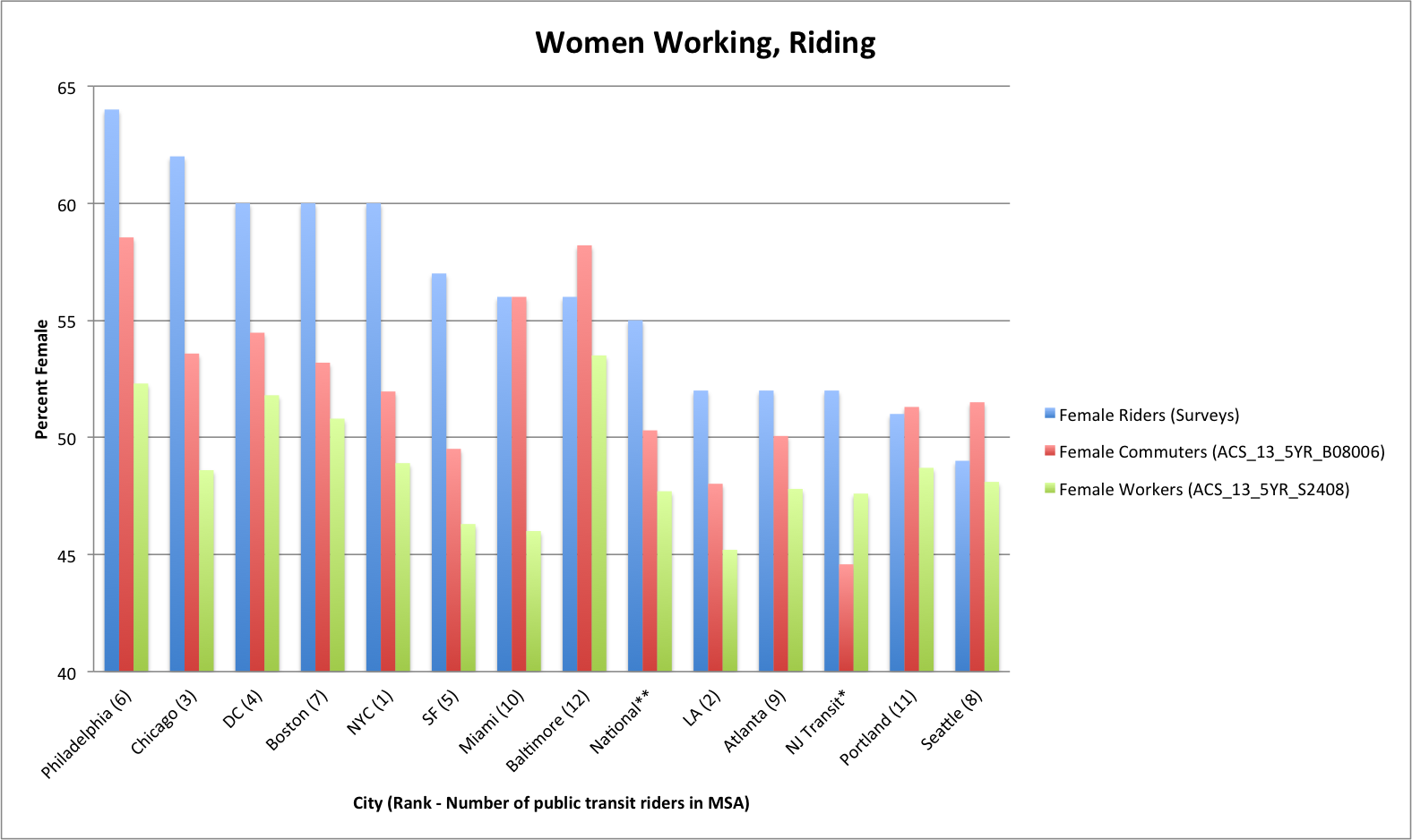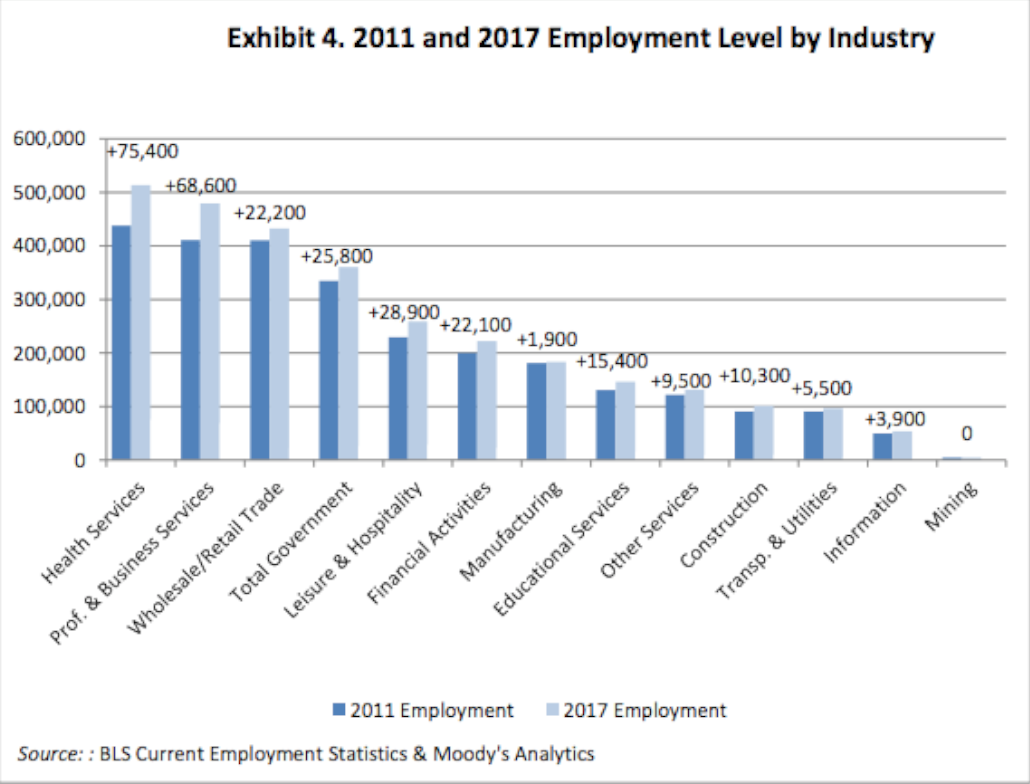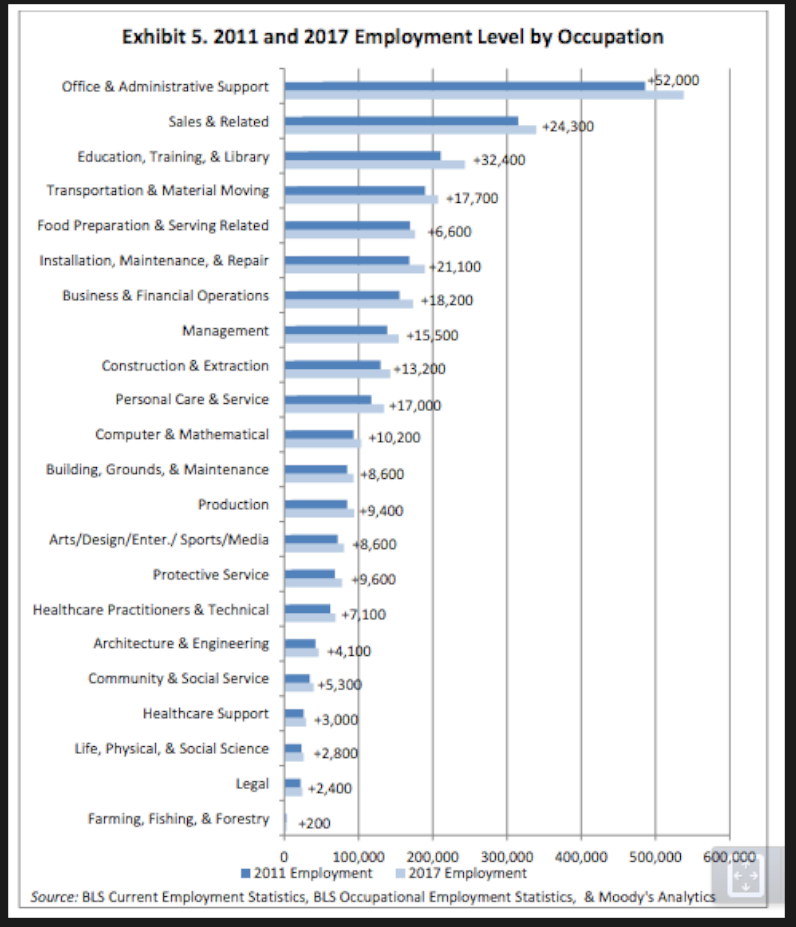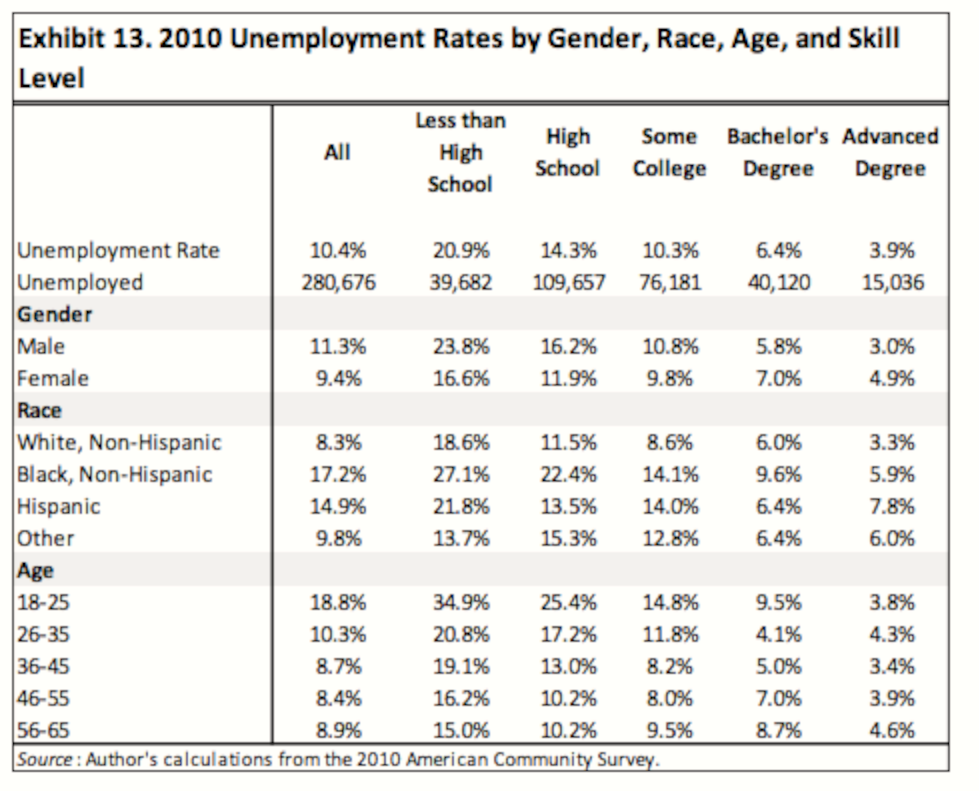SEPTA has largest percentage of female riders – 64% – among large transit agencies

As Valentine’s Day approaches, lonelier Philadelphians will be riding the singles circuit around town, cruising the bars. But if you’re looking for the woman of your dreams, you might be better off riding SEPTA around town, cruising the stations featuring girl-to-guy ratios that frat bros can only dream of.
According to the authority’s customer satisfaction surveys, 64 percent of SEPTA riders are female, a figure higher than New York, Chicago, Portland, and San Francisco, amongst others.
Nationally, public transportation ridership is about 55 percent female, according to data from the American Public Transportation Association. PlanPhilly reviewed surveys conducted by the major transportation authorities in the twelve metropolitan statistical areas with the highest number of public transportation riders (plus NJ Transit, because why not?) and found that SEPTA had the highest percentage of female passengers.
Comparing survey results shows SEPTA just edging out a handful of other major cities for this somewhat dubious gender distinction: 62 percent of riders on Chicago’s MTA are women, as are 60 percent of DC Metro riders, New York City MTA straphangers and Boston ‘T’ passengers.
[If you are tempted to take the first paragraph a bit too seriously, please note that, even though SEPTA riders tend to be women, trying to pick up fellow passengers is both a terrible idea and just plain terrible.]
There’s another reason why this distinction is somewhat dubious — comparing surveys is an inherently flawed process. There are a number of methodological differences among the surveys, which asked respondents whether they were public transportation patrons in slightly different ways. While drawing conclusions based off the surveys isn’t exactly comparing apples-to-oranges, its fair to say it’s a bit like comparing mandarins-to-tangerines.
PlanPhilly also reviewed data from the American Community Survey for the twelve cities with the highest public transportation ridership. The ACS asked workers in these cities how they commuted to their jobs, which is a different question from whether someone rides public transportation, but the results were consistent with the ridership surveys.
Once again, Philadelphia topped the list. According to the ACS, women make up 50.3 percent of public transportation commuters. In Philadelphia, that number is 58.5 percent. Only Baltimore, at 58.2 percent, even gets close to Philly. (Comparing ACS data isn’t perfect, either: 29 percent of SEPTA’s ridership lives in the suburbs, and the differences in municipal borders and geographies make comparing Boston and Baltimore difficult).
WHAT DRIVES WOMEN AWAY FROM DRIVING?
All over the world, women use public transportation more than men, a fact researchers credit to a variety of factors.
Cities tend to have more women than men, and good public transportation systems are rarely found outside of a city. Philly is no different: 52.8 percent of the population is female, comparable with DC (52.8 percent) and Baltimore (52.9 percent), according to the ACS. 50.8 percent of Americans make do without (OK, tend to outperform those of us with a) Y chromosome.
In nearly all the cities reviewed, the ridership survey results were higher than the ACS commuter data – suggesting that women take public transportation more frequently outside of work, too. SEPTA shared some research that helped explain why ridership data from the surveys skewed higher than the commuter data from the ACS.
“[Researchers] suspect that women, as a group, tend to make more individual trips,” SEPTA Assistant General Manager Kim Scott Heinle said. These trips are known as caretaker trips, or trips performed by adults for children or other dependents. Women are still more likely to buy groceries or take the kids to their check up, and in the city, that often means riding the subway or trolley.
A recent study published in the Journal of Urban Economics focused on the link between work and public transportation ridership for women, arguing that women are more likely to work when commutes are shorter. According to that study, “married women, particularly married women with young children, are very sensitive to commuting times when making labor force participation decisions.”
Nationally, women are 50.3 percent of public transportation commuters, a surprisingly high figure given that women make up just 47 percent of the workforce. But that might be a product of where women tend to live and work.
In cities, shorter commutes means walking, biking, bus and subway trips. While men dominate bicycling, getting to work on two wheels isn’t all that common – only two percent of Philadelphians bike to work. Walking, however, is how 8.55 percent of the city start and end their workdays, and almost 55 percent of walkers are women.
But this preference for shorter commutes isn’t limited to mothers – “even women without young children commute less than men,” said Dr. Janice Madden, a Professor of Regional Science, Sociology and Real Estate at the University of Pennsylvania. “I don’t think we fully understand why that’s the case … when you see these differences – even when you take children out of the picture – we’re all left scratching our heads.”
But perhaps we’re asking the wrong question. Instead of asking why women ride public transportation more, maybe we should be asking why men take it less. Men, it turns out, drive substantially more than women – 63 percent more, according to Federal Highway Administration data.
Historically, cars are a guy thing, right up there with football and tools. SEPTA’s Heinle offered a personal anecdote while discussing: “My two grandmothers never had driver’s licenses. They rode PTC before there even was a SEPTA. My grandfathers both drove, but my grandmothers never drove.”
While we’re not exactly Saudi Arabia, our approach to cars remains split along gender lines. One needn’t be a scholar of Simone de Beauvoir to see that society teaches our boys that cars and trucks are decidedly manly pursuits. Hot Wheels are still marketed towards our boys, and ponies to our girls (bronies not withstanding). At car shows, a new model can mean a prototype car or a young lady working the showroom floor for the first time.
If some guys are compensating for something with their Hummers, it’s only because society has so thoroughly integrated male identity and the automobile.
But even if that helps explain why men generally are relatively reluctant to put down their keys to the pickup, it doesn’t explain why that feeling is particularly acute amongst Eagles and Flyers fans.
THE CITY OF SISTERLY AFFECTION… FOR SEPTA
So, what makes SEPTA so gosh darn appealing to the ladies? No one can really say for sure – not even SEPTA. “It’s a great topic for some academics to get into,” said Heinle. “We’d love that.”
According to Professor Madden, jobs that traditionally employ more women, like clerical and retail, tend to cluster around transportation nodes. But professions that are traditionally dominated by men, like construction, don’t lend themselves well to taking the train to work. “You never see someone carrying a box of tools on the subway,” Madden noted.
Notably, the two cities with the highest percentage of women commuting via public transportation – Philadelphia and Baltimore – have larger percentages of women working: 52.3 and 53.5 percent, respectively. Nationally, women make up 47 percent of the workforce.
Philadelphia’s economy is dominated by “eds and meds.” According to an Urban Institute study, Philadelphia’s largest industry by employment is health services, and retail and hospitality aren’t far behind. But male-dominated sectors, like manufacturing and construction, are far behind. Notably, twelve of our 20 largest employers are schools, colleges or hospitals.
Most of the area’s hospitals, colleges and schools are located along major public transportation lines, meaning that our many nurses – who are women 9 times out of 10 – and teachers – 87 percent female – can take SEPTA to work.
Even as Philadelphia’s particular labor market dynamics drive more women onto buses, those buses are also driving more women into the labor market: “Cities that made it easy for women to get jobs had high labor force participation,” said Madden.
When public transportation systems can provide shorter commutes – which also tend to mean shorter trips to the market or the kids’ doctor’s appointments – more women work. Because SEPTA does a relatively good job – remember: most Americans don’t have access to legit public transportation – commute times and distances are relatively low, encouraging more women to work.
Age also probably plays a factor. SEPTA is free for riders 65 and older and women tend to outlive men. While a majority of the nation’s divorced uncles credit that tendency to the effects of feminine nagging, it probably has more to do with my gender’s relative lack of self-control around food, booze, and drugs.
While he might not be able to say just why SEPTA so popular with women, Heinle’s not complaining. Heinle gave the gender gap a positive spin: “A lot of women – especially suburban women – are worried about taking transit in the big city because to safety issues or personal security issues,” he said. But these numbers suggest that, for most women, those concerns aren’t so large as to keep them from riding.
WHYY is your source for fact-based, in-depth journalism and information. As a nonprofit organization, we rely on financial support from readers like you. Please give today.









